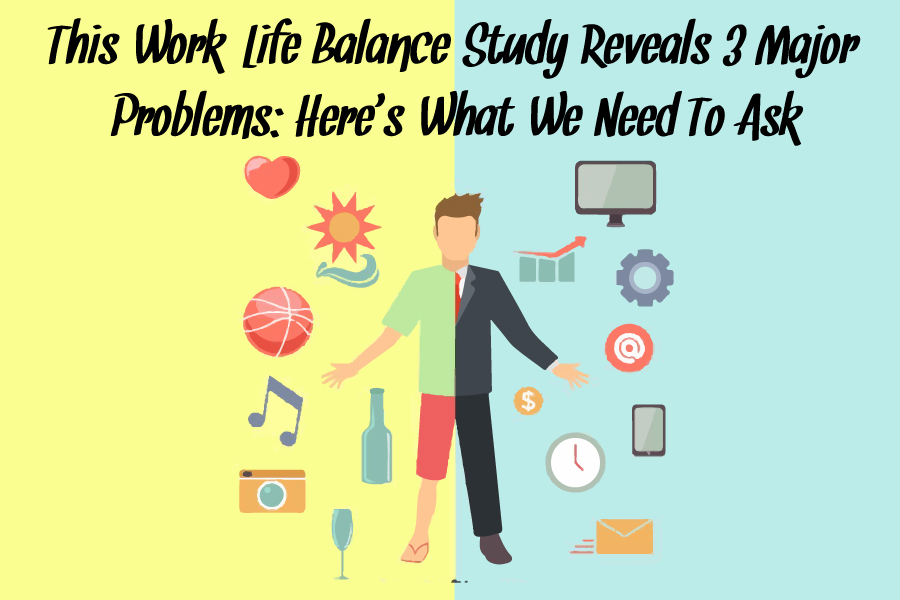
Among U.S. employees, Gartner found that work-life balance is valued more than health benefits, which makes sense given that work-life integration keeps us healthy. The first step towards helping us create healthy work boundaries was when the U.S. officially amended the Fair Labor Standards Act and adopted the 40-hour workweek on October 24, 1940. After that came The Women's Liberation Movement of the 1980s, which accommodated women with flexible schedules and maternity leave. Now parental leave and flexible work patterns are benefits that most top companies offer because we recognize that it's vital to focus on what we want when the need arises. Granted, we still have a long way to go with parental leave in the U.S., but how do we spend our time when we're at work, and what does it reveal about our relationship with work?
A 2019 study by software company ResuceTime looked at 185 million hours of working time. Here are some key findings:
- Workers average just 2 hours and 48 minutes of productive device time a day
- 21% of working hours are spent on entertainment, news and social media
- 28% of workers start their day before 8:30 a.m. (and 5% begin before 7 a.m.)
- 26% of work is done outside of regular working hours
- We check email and instant messaging, on average, every 6 minutes
- 40.1% of our day is spent multitasking with communication tools
- The most distracted days of 2018 were November 26 and July 7 (the Mondays after Thanksgiving and the 4th of July)
Three implications
1. Personal relationships could be suffering
A work and family journal found that women whose partners work 50 or more hours per week have greater stress and substantially lower relationship satisfaction compared to women whose partners work 35+ hours per week. Another study found work-family conflict, contributes to $24 billion in additional expenditure.
2. We're not as productive as we could be
3. We're propelling the burnout epidemic
We take 26% of our work home with us increasing our chance of burnout due to overwork, and 40% use their computers after 10 p.m., reducing what’s considered optimal sleep quality.
Just among physician's alone burnout costs the following:
- $4.6 billion in costs related to physician turnover and reduced clinical hours is due to burnout each year in the U.S.
- At an organizational level, the cost associated with burnout related to turnover and reduced clinical hours is around $7,600 per employed physician each year.
While it's all well of good talking about the data and the state of work-life integration, nothing will change if we don't act. Below are some reflective questions to get you started.
- What is contributing to employees not having work-life integration, and have you given them a chance to explore what they need for their social, emotional, physical and mental well-being?
- Is there a guilt-ridden performance-based culture, and if so, what is driving it?
- How can you prioritize appreciation?
- How much difference would it make if your team had access to a coach to help them create greater harmony between their careers and life?
- Are you modeling the right example as a leader, and how are you defining "right?"
- What policies do you have in place to ensure employees take their vacation time and are allotted periods throughout the day to pause?
- Are your employees mentally present at work, or are they just there physically, and how do you know?
We won't know how to fix the problem unless we spend time reflecting. Work-life balance is not only important from the many perspectives that we've spoken about, but it creates space, time and energy for career development too.